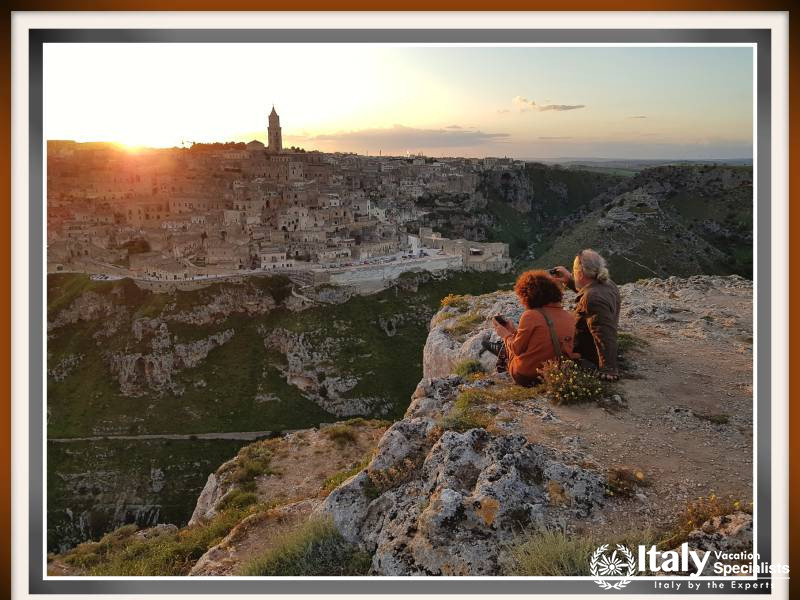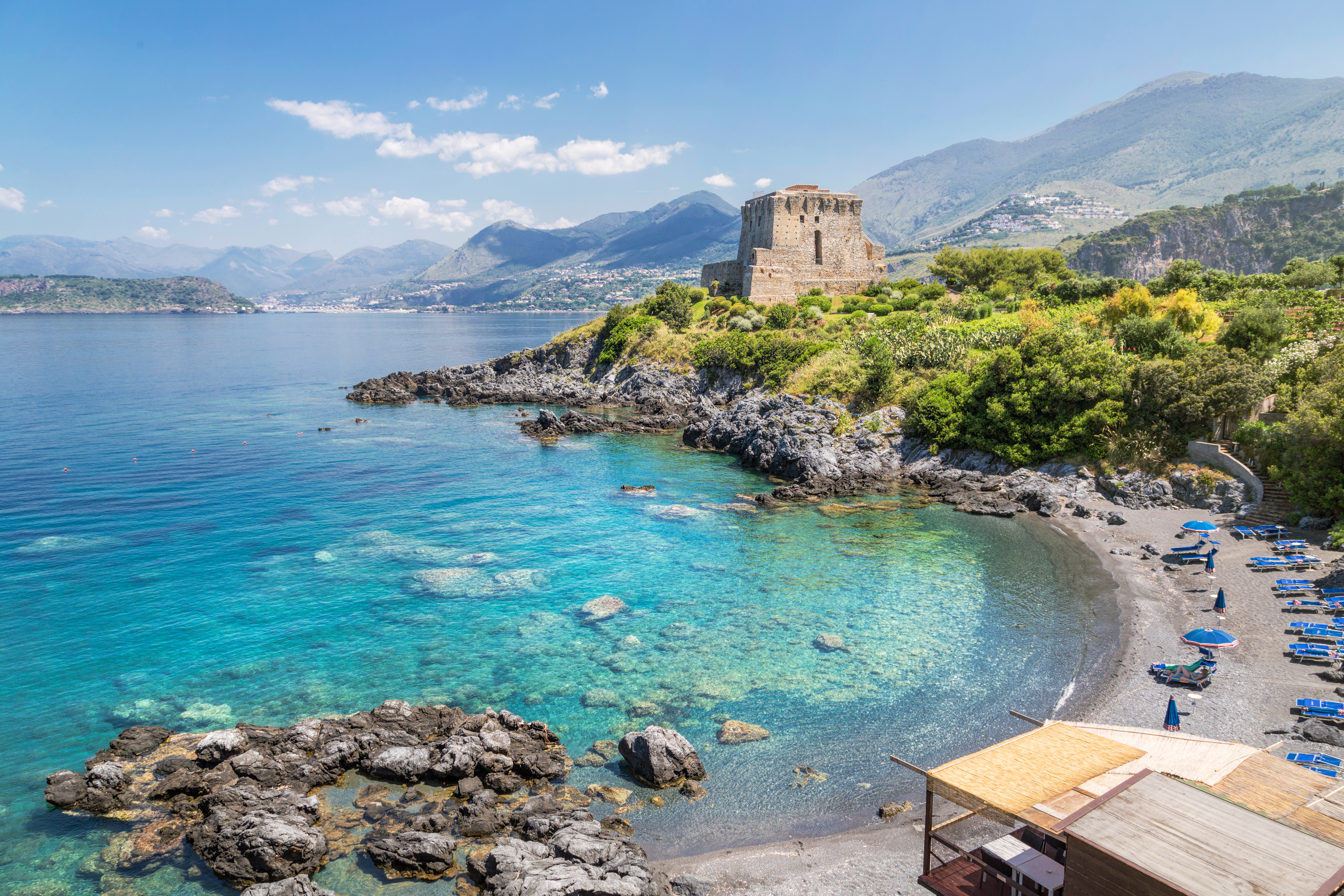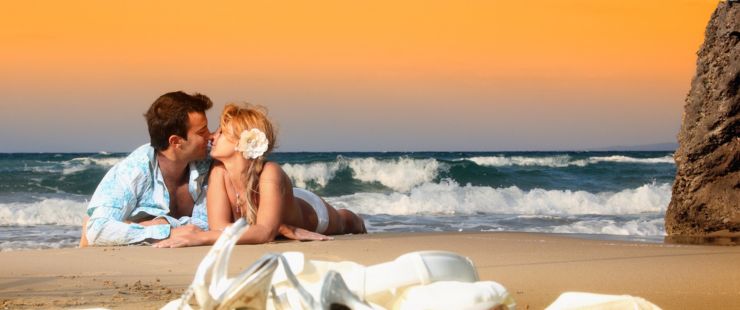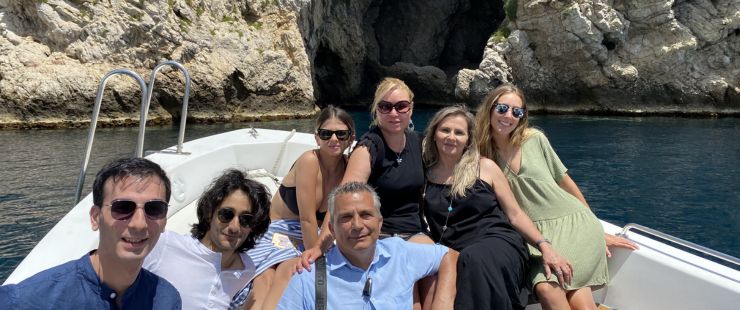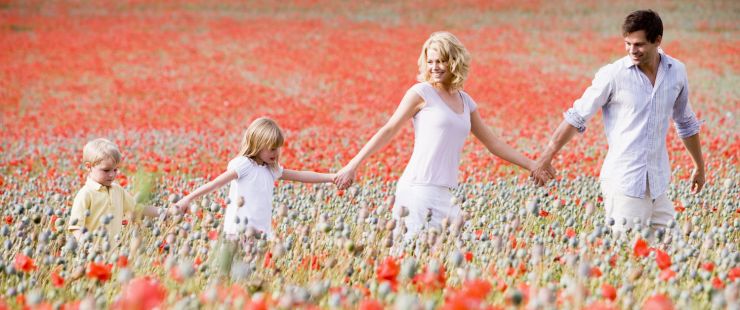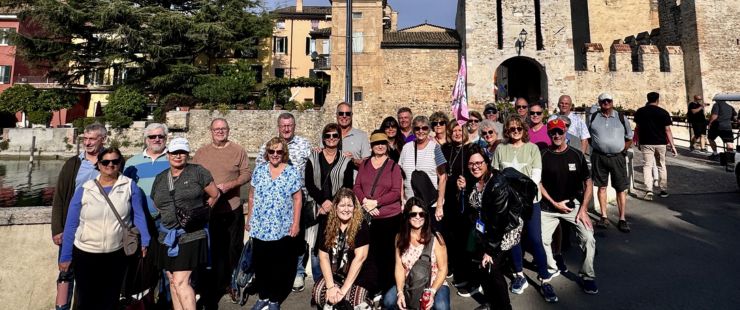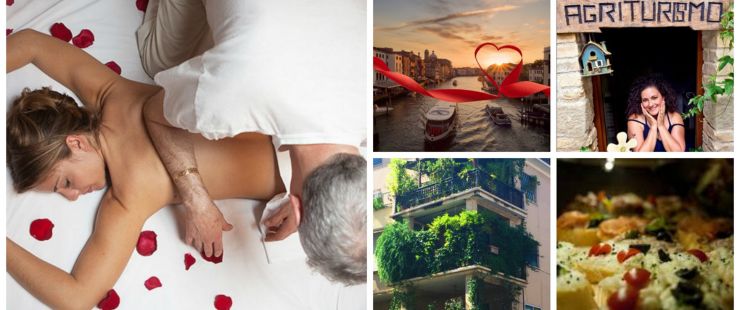Overview
Imagine Italy as a shapely leg whose foot is shod by a Manolo Blahnik high-heeled boot. Puglia (Apulia), rarely visited by English-speaking travelers, is Italy's elegant stiletto heel. The southern reaches of the Salentine Peninsula are virtually surrounded by the immemorial waters of the Adriatic on the east, the Ionian Sea to the south east, and the Gulf of Taranto, across which lies the Region of Calabria. In the mountainous north, Puglia is bordered, in clockwise fashion, by Basilicata, Campania, and Molise. Albania is a mere 80 kilometers (50 miles) across the Adriatic.
Puglia is exceptionally sun-soaked and dry, with a scarcity of fresh water, so water is carried by aqueduct and pipeline from Campania, largely drawn from the Sele River.
Originally settled by early italic tribes, Puglia was colonized by the Greeks during the 5th and 6th centuries BC. However, as with the rest of southern Italy, it was subjugated by the Romans in the 3rd and 4th centuries BC. The Goths, then the Lombards held sway in their turn, followed by the Byzantines, then the Normans.
For a time, the Puglian City of Melfi was the capital of the Norman territories, but when Robert Guiscard conquered Sicily to establish the Kingdom of Sicily, with Palermo as its capital, Puglia fell into provincial status, a status it retained when the Kingdom of Sicily transmogrified into the Kingdom of Naples.
Ultimately, during the 12th and early 13th centuries, Puglia was absorbed by the Holy Roman Empire. Then the Turks, and Venetians had their turn. Finally, Puglia was incorporated into the modern state of Italy, in 1861.
The modern English-speaking traveler will find Puglia exotic in many ways, partly due to its historical evolution, but also because socially and culturally, Puglia is just now catching up to the rest of Italy. Throughout it's history, up until recent times, feudalism persisted. Agrarian and social reforms, which were begun in the late 19th century, only really started to take hold in the mid 20th century.
While the official language is standard Italian, among themselves people in different areas will speak dialects not heard elsewhere. In the north, a version of Neapolitan Italian, in the far south, a Sicilian variation, elsewhere dialects that are heavily Greek or Albanian in flavor.
As you explore Puglia's cities and towns, and outlying areas, you will encounter Greek and Roman ruins, paleo-christian ruins, and public and ecclesiastical buildings done in every major style from Romanesque, to Gothic to Renaissance. You will even encounter a local architectural style called "barocco leccese", a fanciful, almost hyperbolistic strain of the Baroque, found in Lecce and other towns and cities.
In Puglia, and no where else, you will also find a very peculiar type of building - the trullo - a beehive-shaped, whitewashed, mortarless structure made of stone, usually used as barns in farming areas within the Val d'Itria, but also used as housing in fairly large-scale communities like Alberobello, where over 1000 Trulli are situated on terraces. The original Trulli date back hundreds, if not thousands of years, but the curious style has been revived by modern homeowners and not a few resort owners who have created Trulli tourist villages.
Apart from mountainous areas in the north and north west, Puglia is mostly a plain where farmers produce olives (and olive oil), grapes (and wine), cereals, almonds, figs, tobacco, and livestock. It is reliably said that Puglia produces 10% of all the wine consumed in Europe - which is pretty staggering when you think about it. Or perhaps not when you consider that until recently that Puglian wine (and olive oils) were used to dilute finer products grown elsewhere. However, vintage wines and olive oils of some repute are increasingly being produced in the region.
Not surprisingly, fishing is another main support of the regional economy, although tourism is increasingly important. Industrial activities include the manufacture of chemicals, cement, iron, steel, and plastics, and the production of refined oil and gas.
Visit in summer for clear blue skies and beach-life (average Jul and Aug temperatures can get above 30°C and sometimes as high as 40°C or 50°C. Spring and autumn are moderate, and therefore more climactically accommodating to Northern Europeans and North Americans. Winter is cooler with temperatures usually above 0°C, and only occasionally rising above 15°C.
Gallery
Location
Private and Small Group Tours
Multi-Day Holidays Tours
Apartment
Gallery















Our Private and Small Group Tours
Our Multi-Day Holidays Tours
Our Featured Properties
For Customized Holidays and Expert Advice, for travel in Italy and the Mediterranean,
get in touch with your travel agent or contact us via our
Trip Planning Questionnaire.
-
Direct In Italy: +39 375 823 5314
-
Toll Free: 1-866-779-2565









